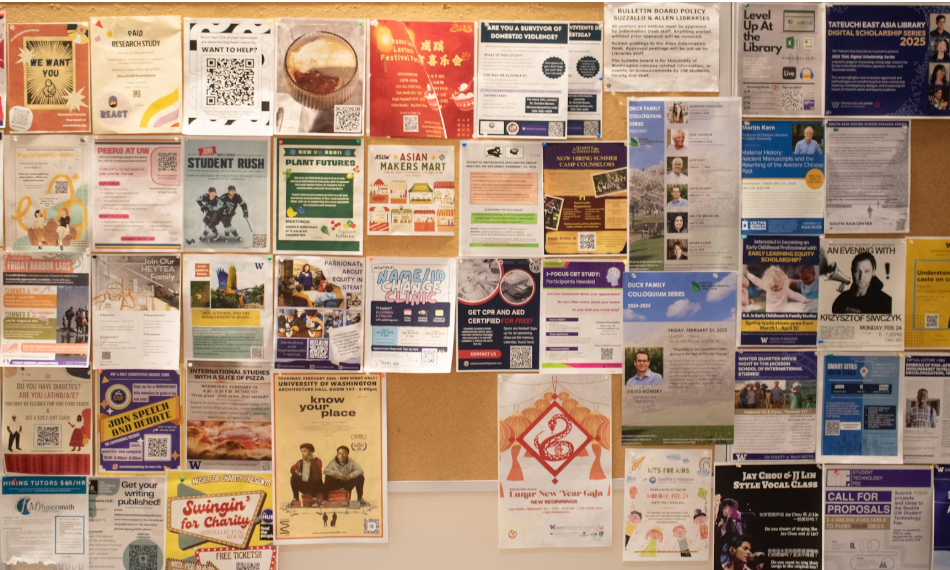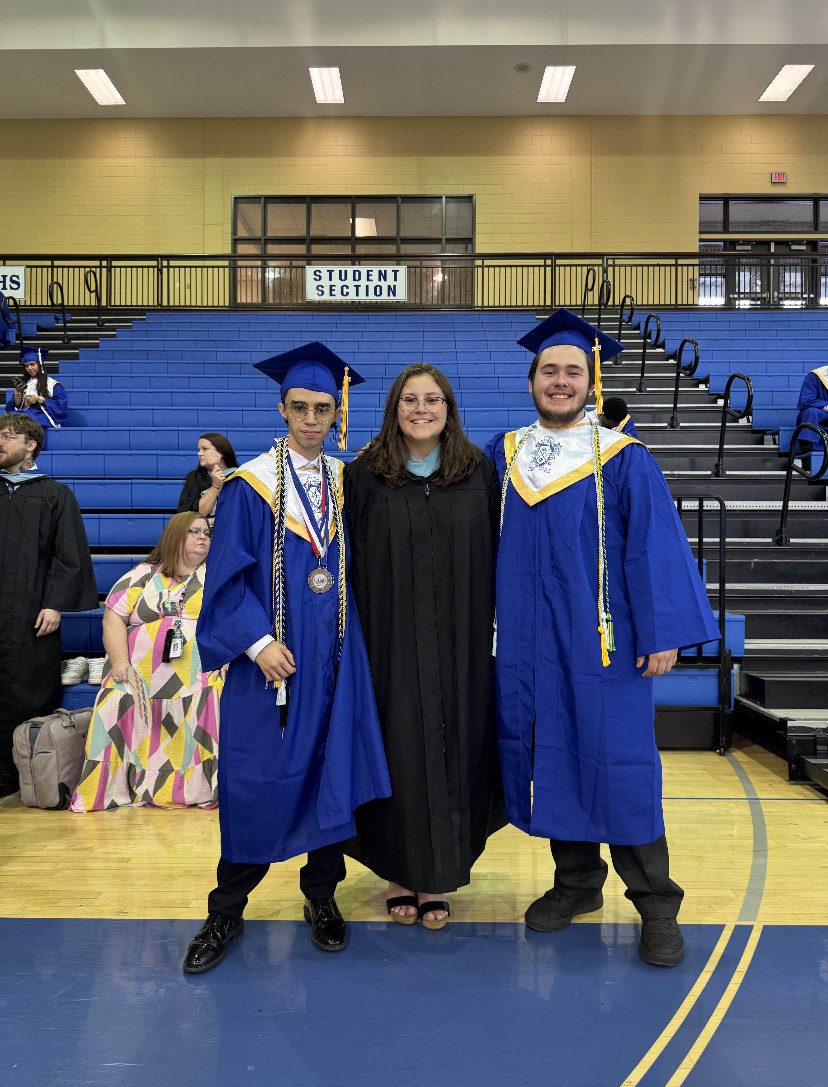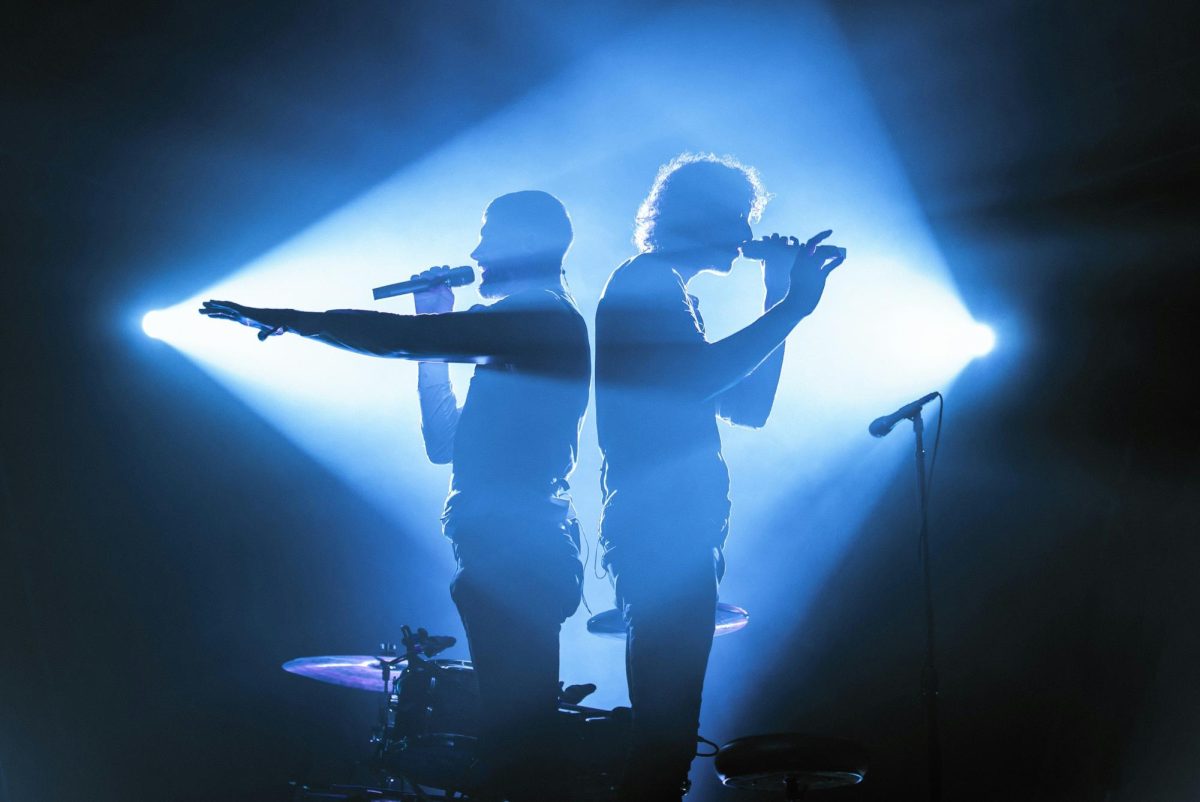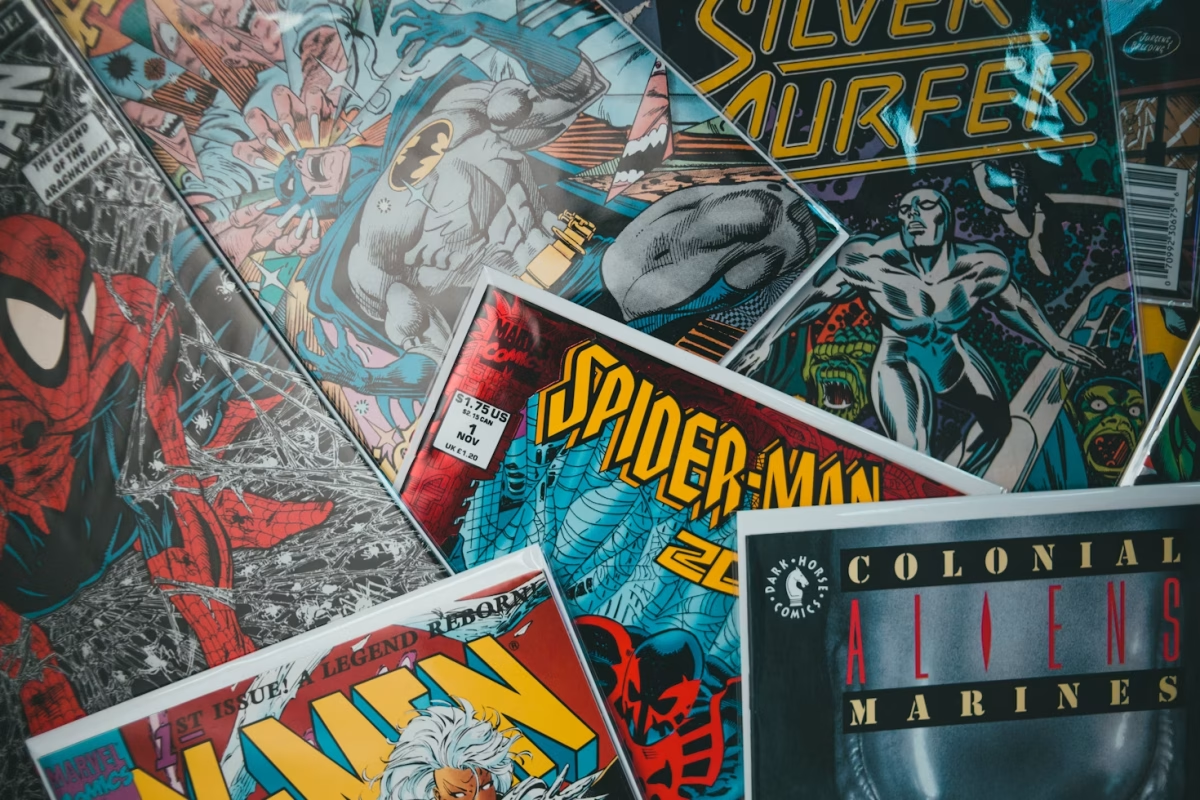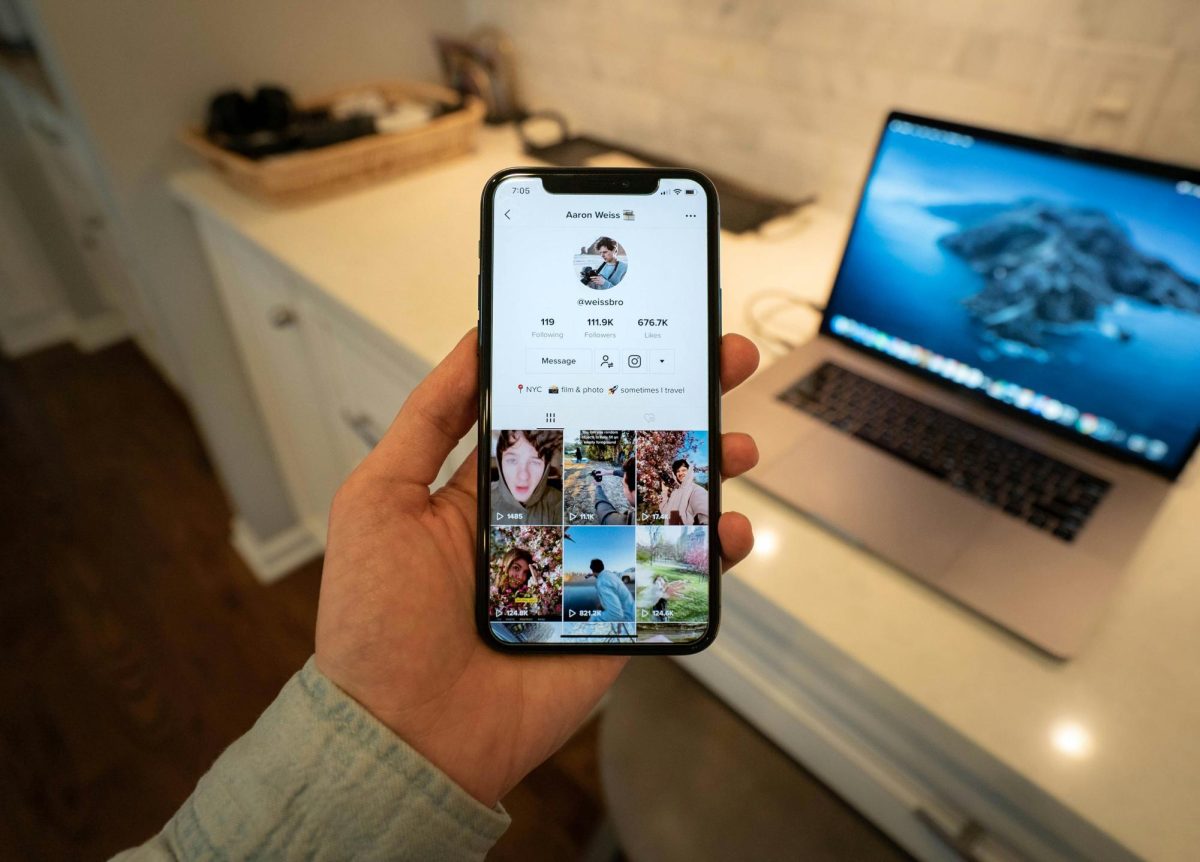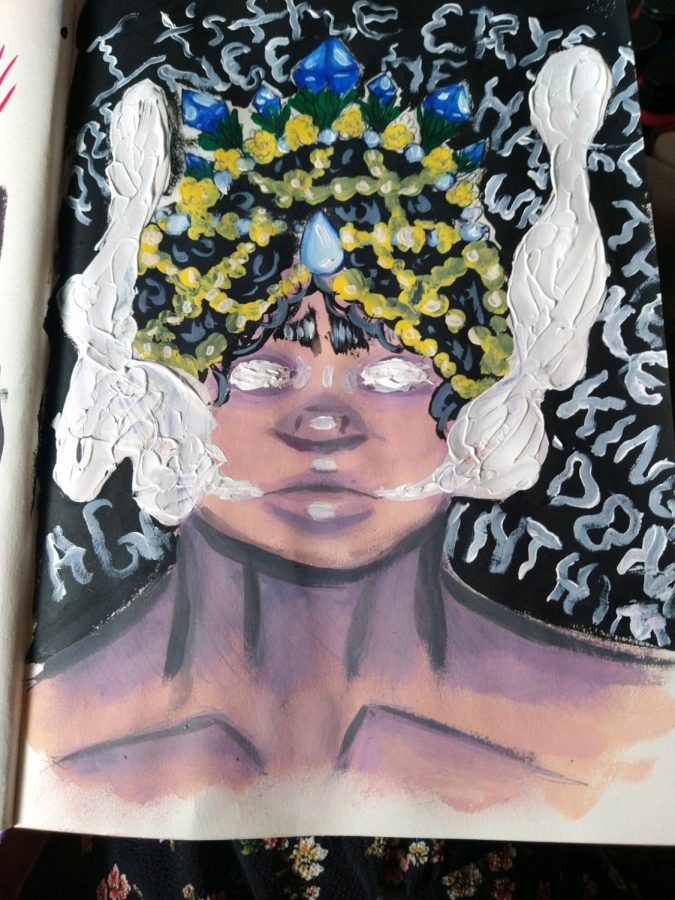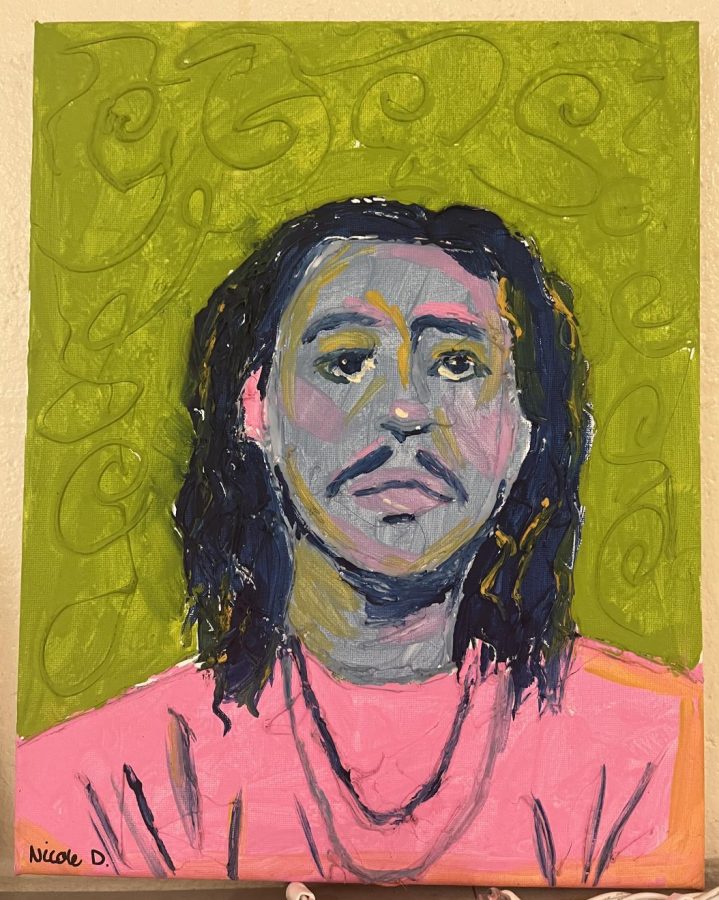Music of the Mind
September 25, 2017
Since elementary school music classes, students have heard about musicians like Beethoven – those who had to conquer unfavorable odds to pursue their passion and career, given an unfair hand of cards stacked against them. A good portion of these people are suffering from paralysis; many will remember the Ice Bucket Challenge from a few years ago, a widespread effort to raise money for ALS (Amyotrophic Lateral Sclerosis) which causes full-body paralysis. In the face of declining health and turmoil, artists who cannot overcome their respective disabilities are forced to quit their craft and passion. However, technological developments indicate this might not be the case for long.
The idea was inspired by the success of a separate program created in 2010, one made for artists who are paralyzed that allows them to – essentially – “paint with their brains”. Lead author Gernot Müeller-Putz, head of the Institute of Neural Engineering at the Graz University of Technology in Austria, thought that by implementing the program that allows patients to control paint brush size and color to instead select music notes, musicians could retain the ability to create music with just their brains. According to Live Science,
“The technology behind the BCI has been around for 20 years and is based on a particularly strong brain signal called the P300 event-related potential. The brain signals are recorded by an electroencephalogram worn on the head like a swim cap. Since everybody’s brain is a little different, the system needs to be calibrated to accurately read a subject’s mind…
The researchers also invited one professional musician to try composing with his brain. He achieved greater accuracy (93.6 percent) on the copy-composing exercise using “Alouette,” but still took 20 minutes to finish. He proved much more adept on the free composing portion of the experiment, where he was able to write a 26-note melody in only 14 minutes, twice as fast as the non-professional musicians who took 30 minutes to write songs that averaged only 18 notes.”
Overall, this brain-computer interface opens up many possibilities – both for technology and for the minds of artists everywhere.
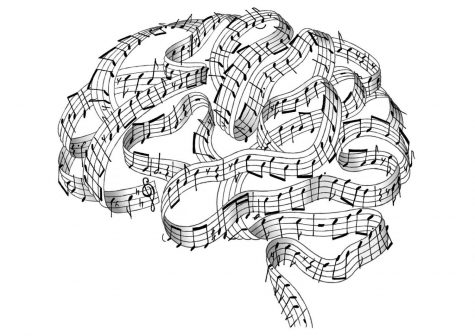
(Photo Credit: Limelight Magazine)


